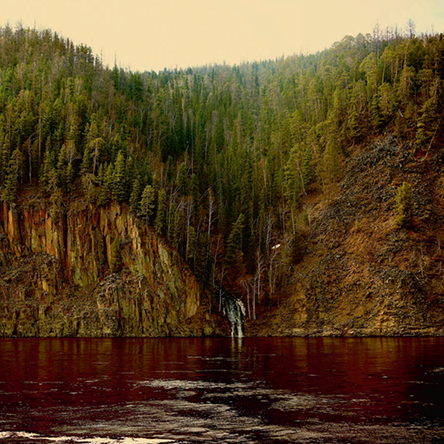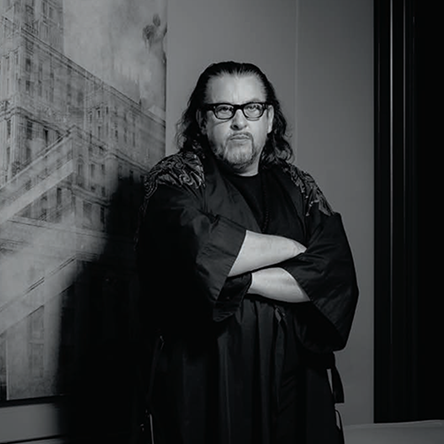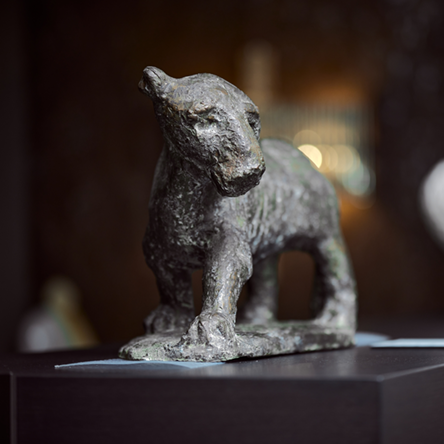VLADIMIR BARANOV-ROSSINE
Vladimir Baranov-Rossiné was born in Kherson, Ukraine, in 1888. His Jewish name was Shulim Wolf Labe Baranov, and his nickname was Daniel Rossine. He spent his life and career between Russia and Paris.
A young Russian artist called Rossiné, interested in the theory of painting and particularly in the music of colour, wishes to meet you”.
Wasili Kandinsky, in a letter to Thomas von Hartmann.
Between 1902 and 1903, he studied in Odessa. Then, from 1903 in the Petersburg Academy of Arts. After his studies, he gained exposure in early avant-garde exhibitions organised in Moscow and St. Petersburg. Among the exhibitors were Mikhail Larionov, Natalia Goncharova, Alexandra Exter and the Burliuk brothers. In 1908 he took part in a significant show in Kiev which placed emphasis on the synthesis between painting, sculpture, poetry and music. The idea of a synthesis of the arts, a legacy of Russian Symbolism, would remain a key element of Baranov-Rossiné life. In the same year he exhibited with Zveno (The Link), a Bulgarian military and political organization, founded in 1927 by Bulgarian Army officers, which took place in Kiev, organized by the Burliuk Brothers (David and Vladimir).
In 1910 Baranov-Rossiné moved to Paris. There he organised an exhibition in the Salon of the Independent. He became close friends with Hans Arp and Robert and Sonia Delaunay. His paintings that time were mostly recognised for the artist’s eclectic use of colour. They demonstrated an assimilation with Cubism, Futurism and Orphism, and he exhibited regularly at the Salon des Indépendants. At the same time, he experimented with sculpture, executing two large openwork assemblage sculptures, constructed of fragments of painted metal, wood and found objects. One of these sculptures, exhibited at the 1914 Salon des Indépendants, caused such controversy, that he later drowned it in the Seine. The only critic who understood its radical and prescient expressive idiom was Guillaume Apollinaire.
At the beginning of the First World War, Baranov-Rossiné moved to Norway where he remained until 1917 followed by his relocation to Russia. Between 1917 and 1925, his production was proliferant. He organised exhibitions with the most significant personalities of his era, including Marc Chagall, Nathan Altman, Yurii Annenkov and other bearers and propagators of the Soviet avant-garde.
He began to teach the art of painting in Saint Petersburg and during the same time, he invented a "colour-clavier" and presented "optophonic" concerts in Moscow theatres, in which, as the piano's keys were played, the music was "translated" by coloured disks projected on a screen.







